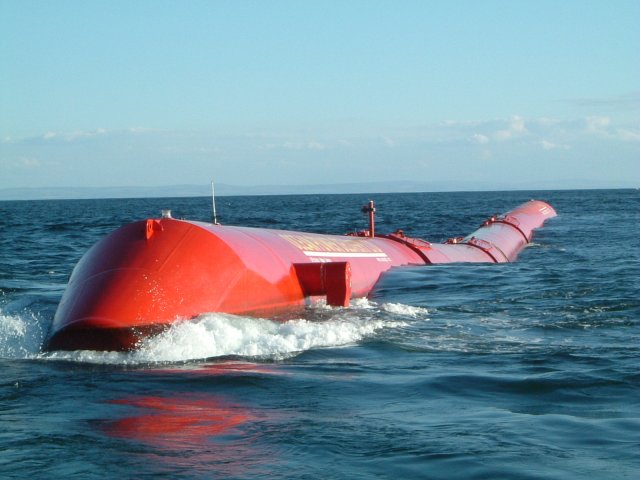There are many
different types of Tidal Energy. The tidal dam is the most common one. It traps
water in a holding pen twice a day when the tide comes up and then slowly lets
it out until the tide comes up again, creating power. They are usually built in
areas where there is quite a lot of difference between low and high tide, so
usually in an estuary of some type of reservoir. The problem with this is that
it cannot capture very large amounts of water, so not a whole lot of
electricity is created and it can cost a lot of money and damage the
environment. However, there are a few more experimental ways.
The second way is to harness the underwater currents with
the turbine above. These are experimental turbines in County Down, Northern
Ireland. Each one generates 22.53 megawatt hours of electricity every day. They work by the tides moving the rotors. As
the rotor pole is movable, it would be able to move to the right position to
create the most energy as possible. I recon these are a very economical idea.
The final one I’m going to look at is the UK’ first wave-power plant, called the
Sea Snakes. These things are 142m long, have a diameter of 3.5m and are made
from 700 tonnes of carbon steel. But how does this mammoth machine work? It is
made in four articulate sections, meaning they freely move around. At each
joint there is a wave converter. A hydraulic ram is moved in and out by the
wave moving the joints, and the wave converter turns this into energy. At peak output they can produce 750KW of
power each and they are usually in groups of about two or three. At the moment
they are only in use around Briton as this technology is relatively new.





No comments:
Post a Comment